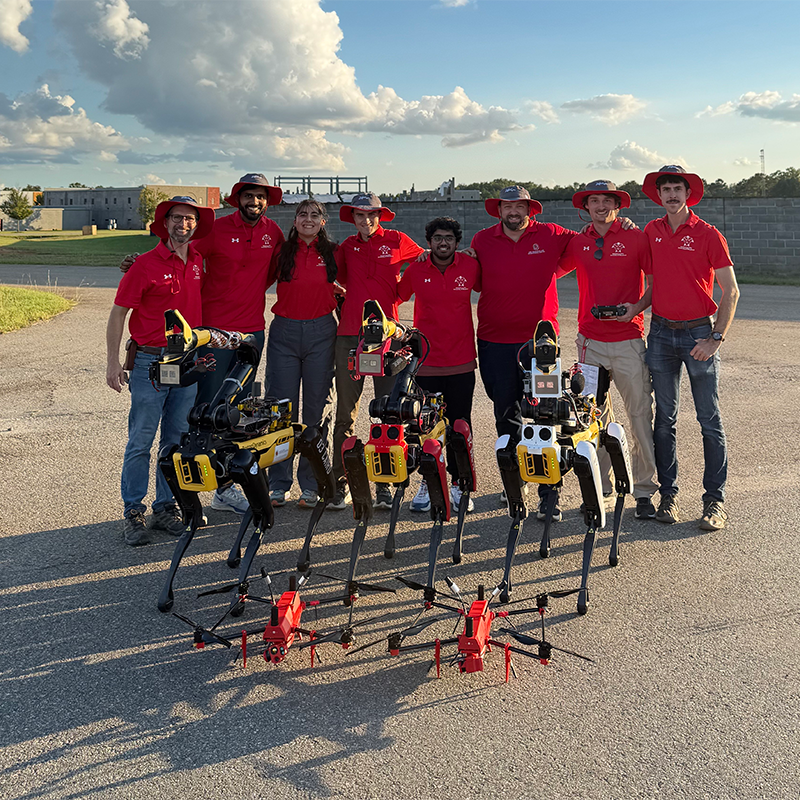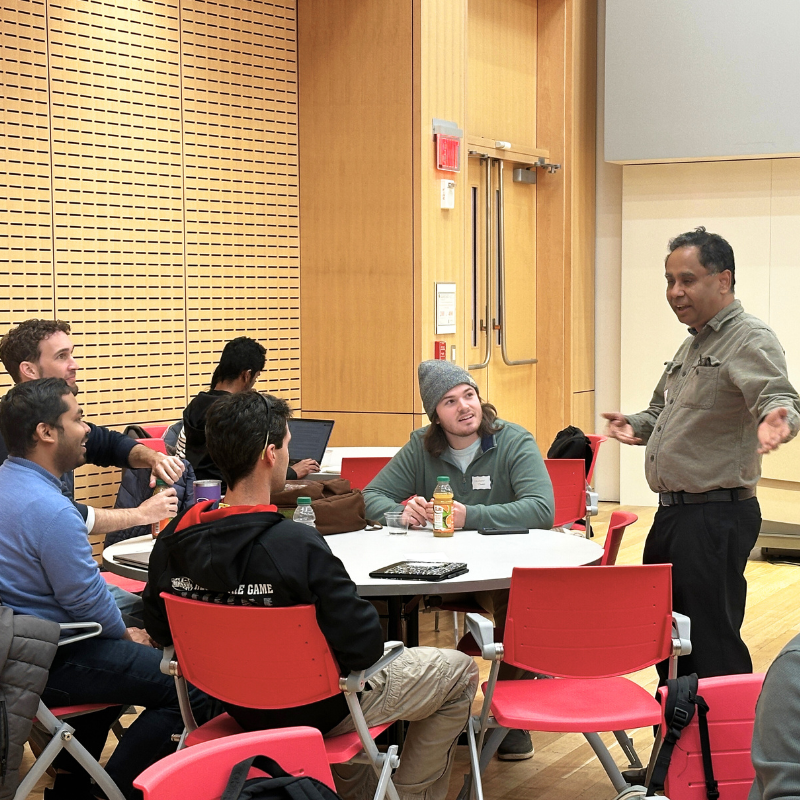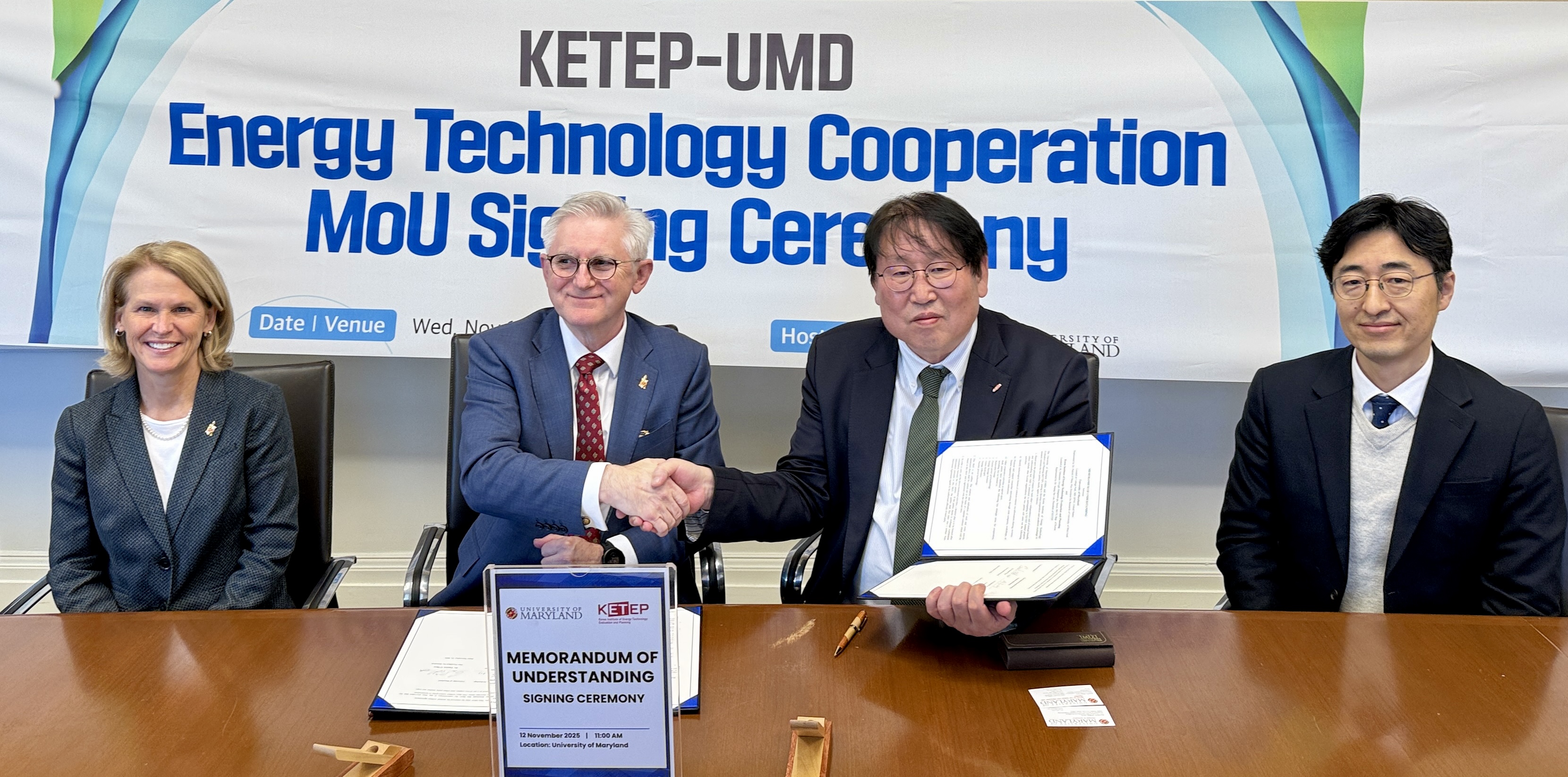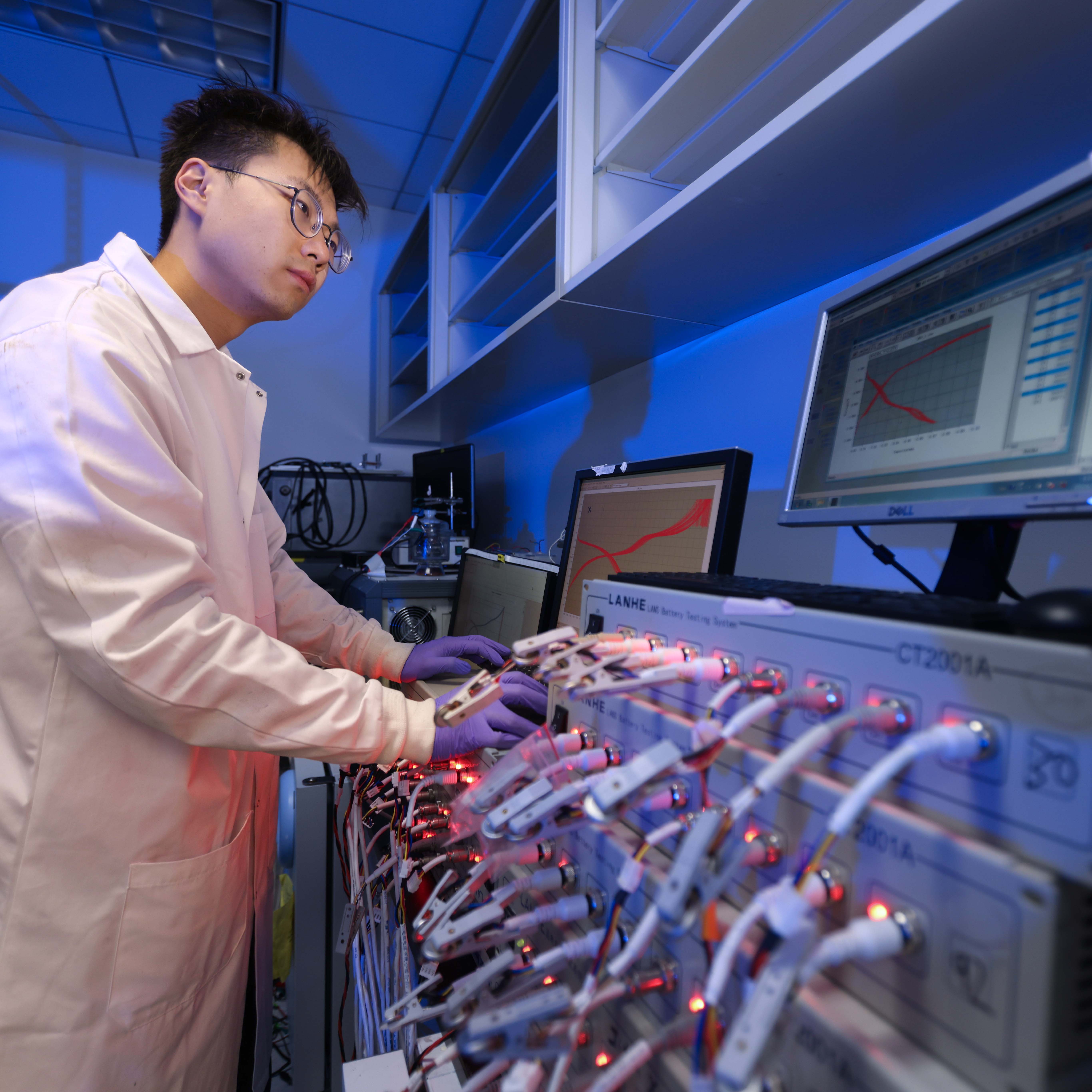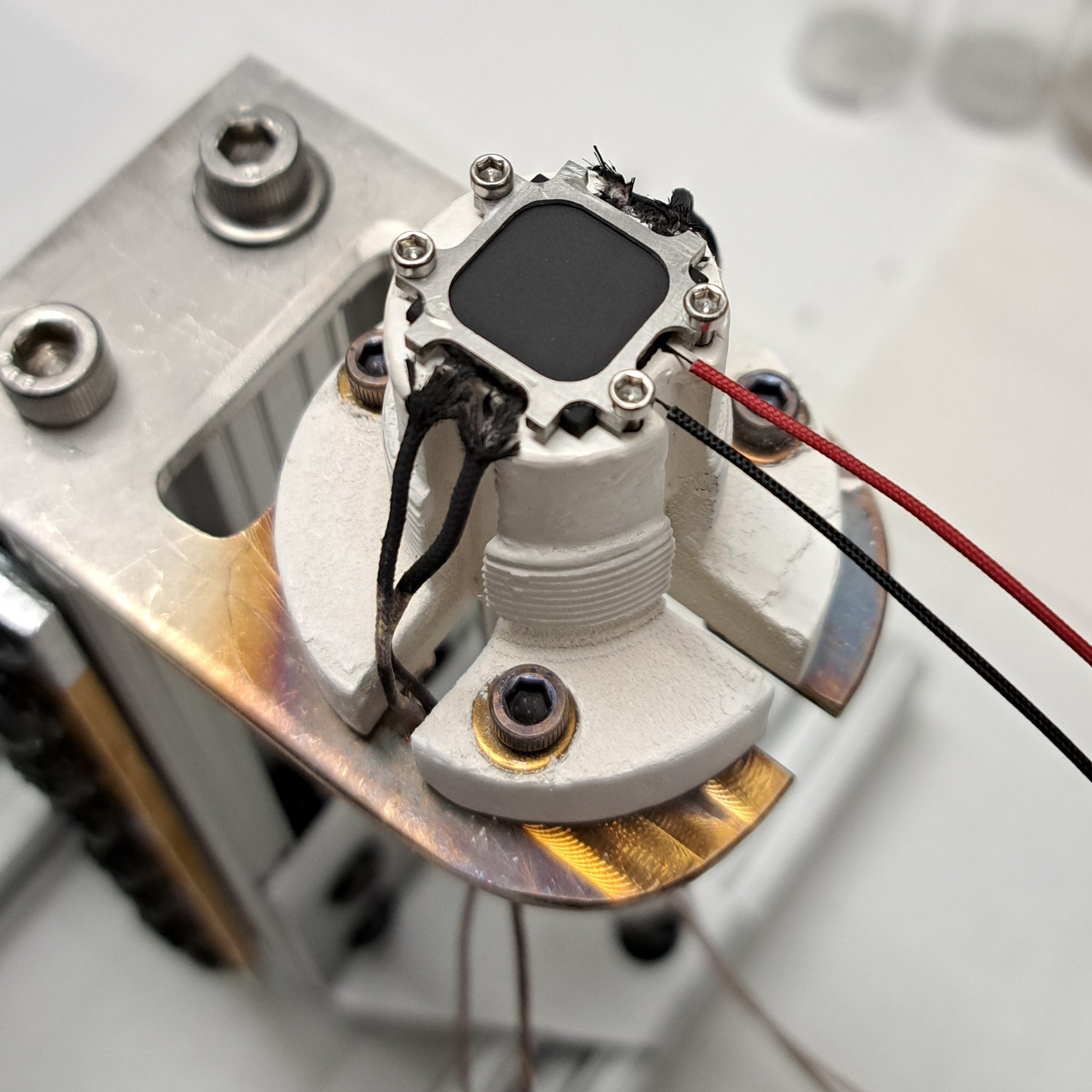Scientists Fast-Track Nerve-on-a-Chip Design via Machine Learning Algorithms
June 18, 2025
Researchers studying machine learning algorithms to accelerate technological advances have engineered a modern platform to study fundamental brain functions and neurodegenerative diseases.
In a study published in the journal Advanced Functional Materials, a research team led by Po-Yen Chen, an assistant professor in the Department of Chemical and Biomolecular Engineering, presented a machine learning integrated approach to design a nerve-on-a-chip, an emerging platform that captures key aspects of the neural microenvironment, including cellular architecture.
“One of the greatest challenges in applying AI and machine learning to bioengineering platforms like nerve-on-a-chip is the limited availability of high-quality data,” said Chen. “Traditional trial-and-error experimentation often carries human bias and overlooks subtle but critical interactions. By shifting to a data-driven approach, we can begin to uncover hidden and complex relationships between fabrication parameters and neural stem cell behavior, paving the way for more predictive, physically informed, and biologically relevant system designs.”
Although not novel, nerve-on-a-chip devices have not yet been implemented to effectively emulate the brain’s microenvironment—a sought-after function that could reveal insights to neurodegenerative diseases, as well as a way to test novel therapies without animal models. Neural stem cells possess self-renewal and differentiation capacities that makes them a promising source to treat diseases such as Alzheimer's and Parkinson's, and studying stem cell behavior under controlled in vitro conditions— such as a nerve-on-a-chip—is essential to understand neural development and regeneration.
A major challenge in developing treatments for neurological diseases is the inability of therapeutic compounds to cross the capillary wall to reach the brain—which scientists have not been able to mimic using artificial methods.
Nerve-on-a-chip systems have emerged as a fabricated microenvironment that mimics the cell environment in the brain, how these connect to each other, grow, or die. But to design an effective platform that emulates the brain’s microenvironment, researchers have a long way to go before designing an accurate tool. Introducing new parameters, which impact cell growth, requires lots of experimentation, which slows the design process.
To fast-track the nerve-on-a-chip design, Chen and his team developed a fabrication process combined with machine learning. Their model offers three key advantages: eliminating the need for extensive trial-and-error experimentation, expandable database and predictive modeling for nerve-on-a-chip platforms; and extracted and validated data-driven insights.
To figure out how different fabrication parameters—like surface stiffness, nerve growth factor, and peptide coatings—affect stem cell behavior on nerve-on-a-chip platforms, the researchers strategically selected a range of data points and built a machine learning–guided workflow. Since there were no existing hypotheses about how these parameters interact with each other or with the cells, they used this approach to let the data reveal those relationships using model interpretation tools. From there, they were able to extract design principles to guide the fabrication of nerve-on-a-chip platforms that promote desired stem cell behaviors.
“Instead of conducting lots of experiments, we strategically select sampling data to train the machine learning algorithm, which then categorizes designs in which cells have longer viability to survive on the chip,” said Tsai-Chun Chung, a doctoral student in chemical and biomolecular engineering leading the experimentation process.






